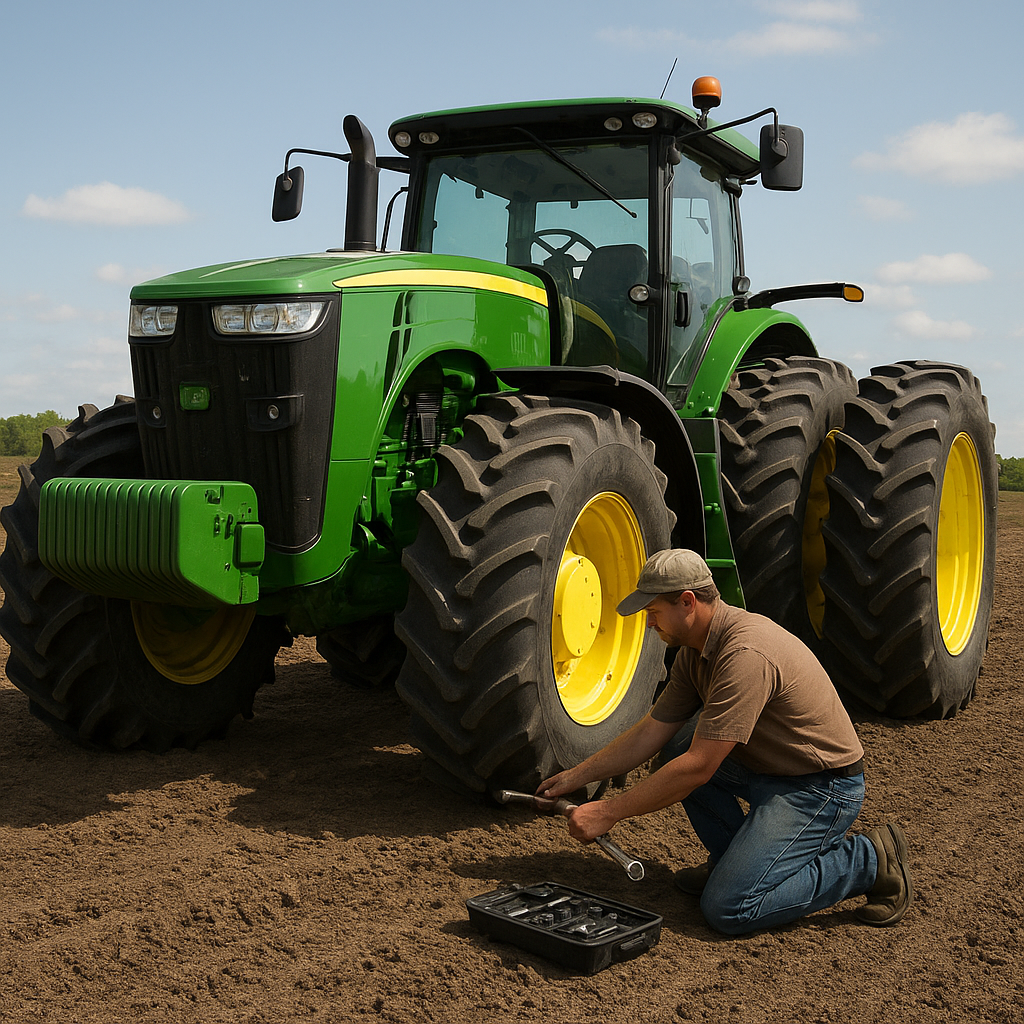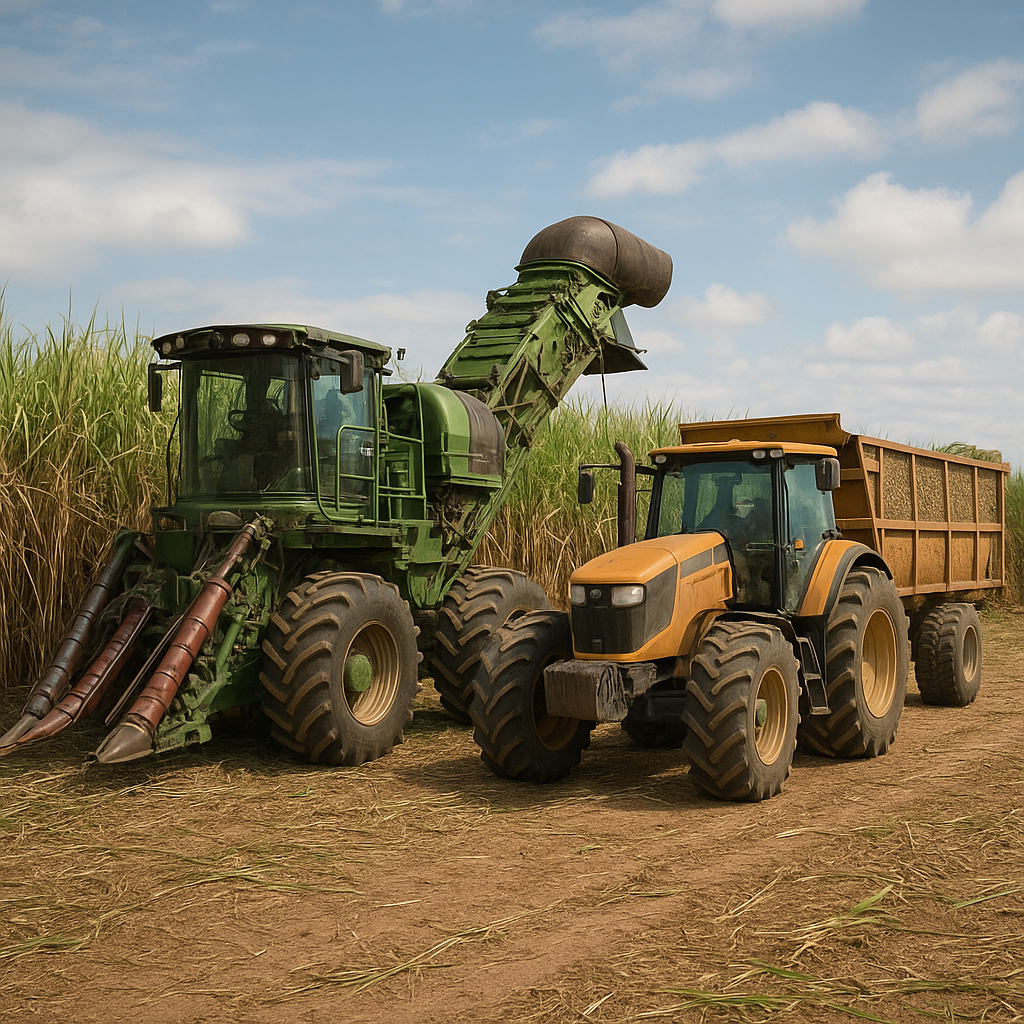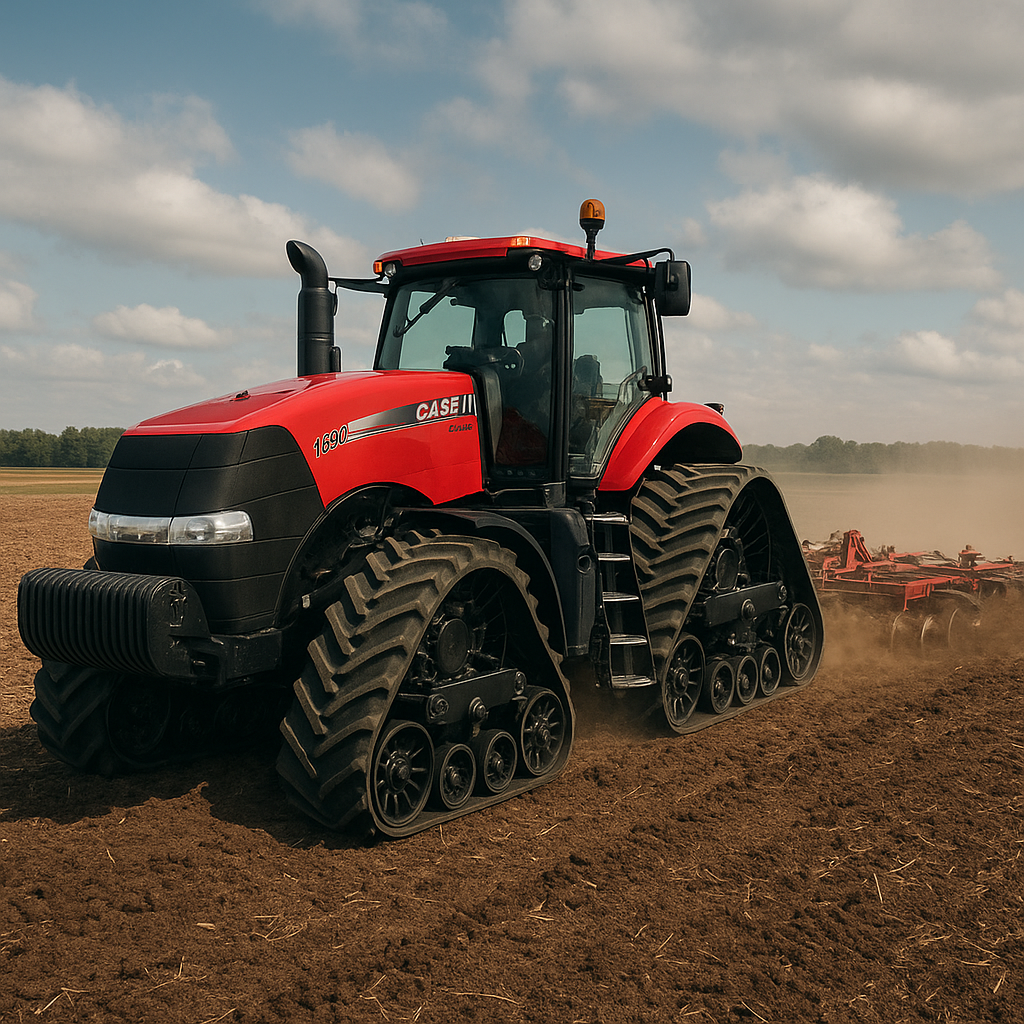Tractors have come a long way since their inception, evolving from simple, manually operated machines to sophisticated, high-tech equipment. One of the most significant advancements in tractor technology is the development of 4WD (Four-Wheel Drive) and All-Wheel Drive (AWD) systems. These technologies have revolutionized the agricultural industry, providing numerous benefits that enhance productivity, efficiency, and safety. In this article, we will explore the advantages of 4WD and AWD technology in tractors, delving into their impact on modern farming practices.
Understanding 4WD and AWD Technology
Before diving into the benefits, it’s essential to understand what 4WD and AWD technology entail. Both systems are designed to improve traction and stability, but they operate differently and are suited for various applications.
Four-Wheel Drive (4WD)
4WD systems are typically found in larger, more powerful tractors. In a 4WD system, power is distributed to all four wheels simultaneously, providing enhanced traction and stability. This is particularly useful in challenging terrains, such as muddy fields, steep inclines, and uneven ground. 4WD systems can be engaged or disengaged as needed, allowing the operator to switch between two-wheel drive (2WD) and 4WD modes depending on the conditions.
All-Wheel Drive (AWD)
AWD systems, on the other hand, are designed to provide continuous power to all four wheels. Unlike 4WD, AWD systems do not require manual engagement; they automatically adjust the distribution of power based on the terrain and driving conditions. This makes AWD systems more user-friendly and versatile, as they can seamlessly adapt to changing environments without the need for operator intervention.
Enhanced Traction and Stability
One of the most significant benefits of 4WD and AWD technology in tractors is the enhanced traction and stability they provide. This is particularly important in agricultural settings, where tractors often operate in challenging conditions.
Improved Performance in Difficult Terrains
Tractors equipped with 4WD or AWD systems can navigate difficult terrains with ease. Whether it’s plowing through muddy fields, climbing steep hills, or traversing uneven ground, these systems ensure that the tractor maintains optimal traction and stability. This not only improves the efficiency of farming operations but also reduces the risk of accidents and equipment damage.
Reduced Soil Compaction
Soil compaction is a significant concern in agriculture, as it can negatively impact crop growth and yield. Tractors with 4WD or AWD systems distribute their weight more evenly across all four wheels, reducing the pressure exerted on the soil. This helps to minimize soil compaction, promoting healthier soil structure and better crop performance.
Increased Productivity and Efficiency
The enhanced traction and stability provided by 4WD and AWD technology translate into increased productivity and efficiency in farming operations. These systems enable tractors to perform a wide range of tasks more effectively, from plowing and planting to harvesting and transporting goods.
Faster and More Efficient Field Work
With improved traction and stability, tractors can work faster and more efficiently in the field. This means that tasks such as plowing, planting, and harvesting can be completed in less time, allowing farmers to cover more ground and increase their overall productivity. Additionally, the ability to navigate challenging terrains without getting stuck or experiencing delays further enhances operational efficiency.
Versatility in Various Applications
4WD and AWD systems make tractors more versatile, allowing them to handle a wide range of applications. From heavy-duty tasks like tilling and hauling to more delicate operations like planting and spraying, these systems ensure that tractors can perform effectively in various conditions. This versatility is particularly valuable for farmers who need to adapt to changing weather patterns and crop requirements.
Enhanced Safety and Operator Comfort
Safety and operator comfort are critical considerations in agricultural operations. 4WD and AWD technology contribute to both by providing a more stable and controlled driving experience.
Reduced Risk of Accidents
The improved traction and stability offered by 4WD and AWD systems reduce the risk of accidents, such as rollovers and skidding. This is especially important when operating on steep slopes or in wet, slippery conditions. By maintaining better control of the tractor, operators can work more safely and confidently.
Improved Operator Comfort
Tractors with 4WD and AWD systems provide a smoother and more comfortable ride for operators. The enhanced stability and traction reduce the jarring and bouncing that can occur when navigating rough terrain. This not only makes the workday more comfortable for operators but also reduces fatigue, allowing them to work more efficiently and for longer periods.
Cost Savings and Long-Term Benefits
While the initial investment in 4WD and AWD technology may be higher, the long-term benefits and cost savings make it a worthwhile investment for farmers.
Reduced Maintenance and Repair Costs
Tractors with 4WD and AWD systems experience less wear and tear on their components, as the power is distributed more evenly across all four wheels. This reduces the strain on individual parts, leading to fewer breakdowns and lower maintenance and repair costs over time. Additionally, the reduced risk of accidents and equipment damage further contributes to cost savings.
Increased Resale Value
Tractors equipped with 4WD and AWD technology tend to have a higher resale value compared to their 2WD counterparts. The enhanced performance, versatility, and durability of these tractors make them more attractive to potential buyers, ensuring a better return on investment when it comes time to upgrade or sell the equipment.
Conclusion
The benefits of 4WD and AWD technology in tractors are undeniable. From enhanced traction and stability to increased productivity and efficiency, these systems have revolutionized modern farming practices. By investing in tractors equipped with 4WD or AWD technology, farmers can improve their operational performance, reduce costs, and ensure a safer and more comfortable working environment. As agricultural demands continue to evolve, the adoption of advanced technologies like 4WD and AWD will play a crucial role in meeting the challenges of the future.









